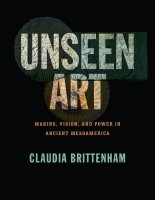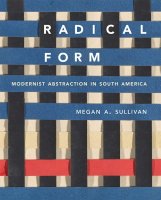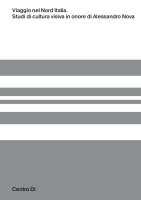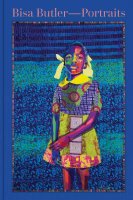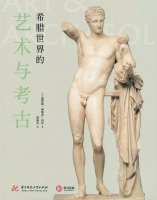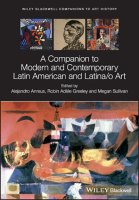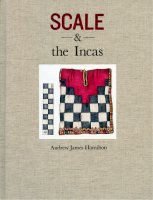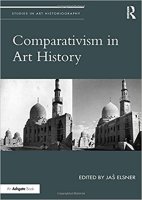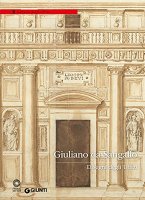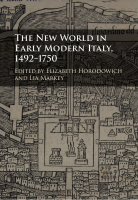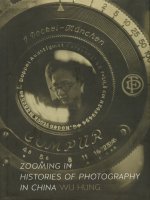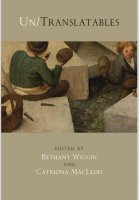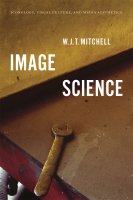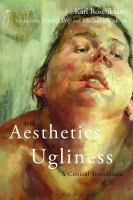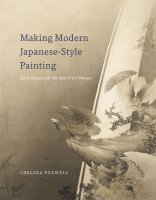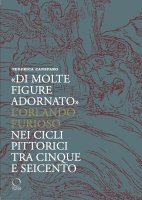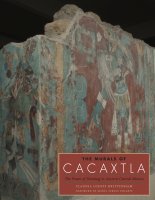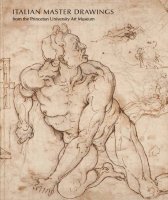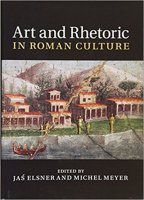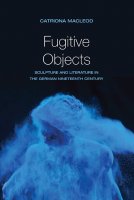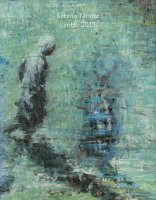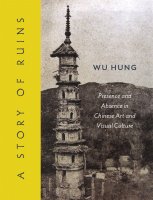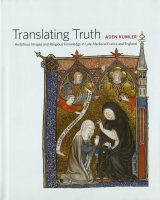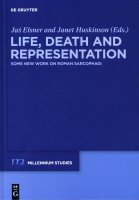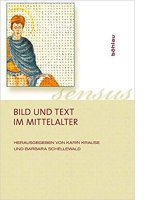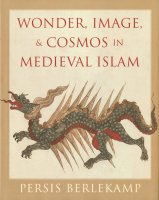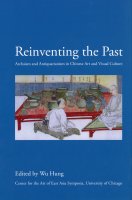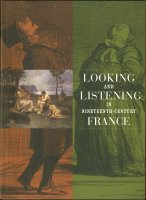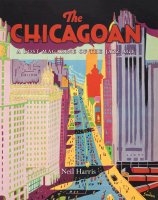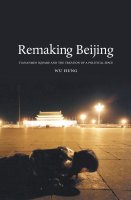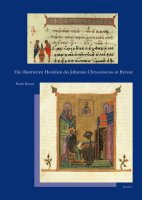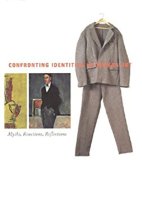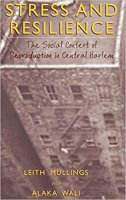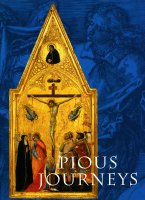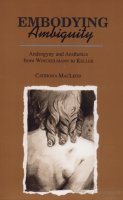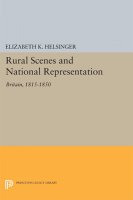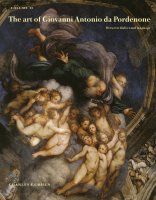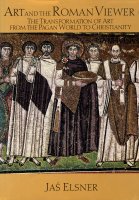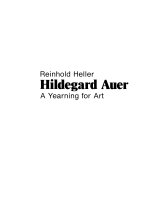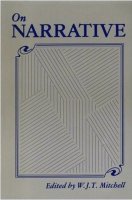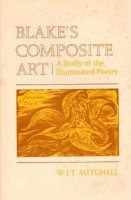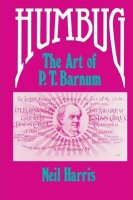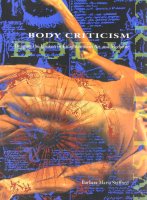The Wu Liang Shrine: The Ideology of Early Chinese Pictorial Art
The Wu Liang Shrine: The Ideology of Early Chinese Pictorial Art
From the publisher:
The funerary shrine of the Confucian scholar Wu Liang, created in AD 151, is the most important surviving pre-Buddhist monument in China. That is to say, it is the most important single work of visual art from the centuries that set the patterns of Chinese thought for almost two millennia. The importance of the shrine lies in the beauty of the stone reliefs on its walls and, especially, in the remarkably comprehensive iconography of its nearly one hundred scenes. They constitute, in effect, a coherent symbolic structure of the universe as the Han Chinese conceived it. This structure consists of three sections: the ceiling carvings present the Mandate of Heaven; the scenes on the two gables depict the paradise of the immortals; and the 44 stories related on the walls illustrate the history of mankind, starting with the creators of human culture and ending with a portrait of Wu Liang, who designed his own memorial. The author finds the shrine comparable, in the comprehensiveness and cultural significance of its iconography, to the cathedral at Chartres or the Sistine Chapel. The many writings that have discussed the shrine over the centuries constitute a history of the approaches Eastern and Western scholars have taken to Chinese art. The first part of this book sets out these contributions and approaches as it recounts the history of the preservation and reconstruction of the shrine. The second part analyzes the cosmological significance of the shrine, exploring the internal relationships between the reliefs, and in the process translating for the first time into English all the literary inscriptions that accompany the carvings. The book is illustrated with some 200 photographs, rubbings and drawings.






